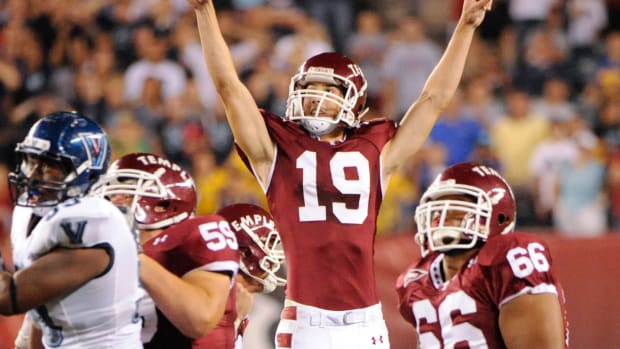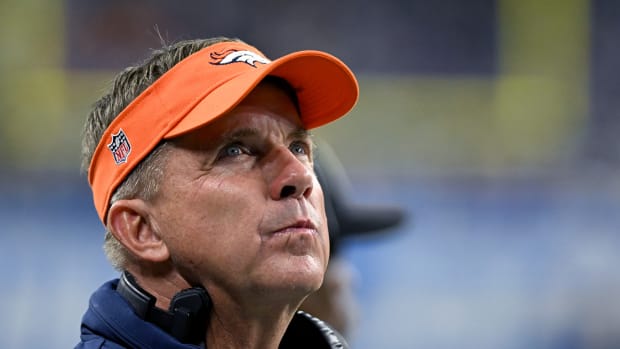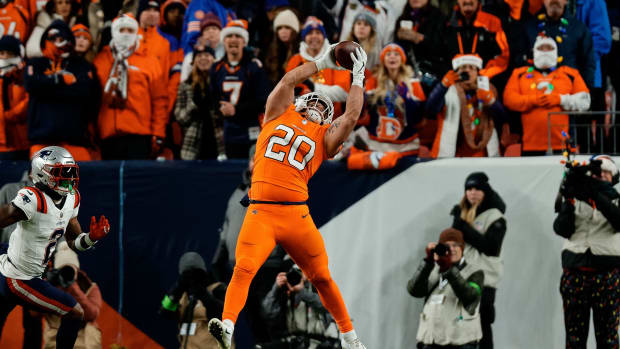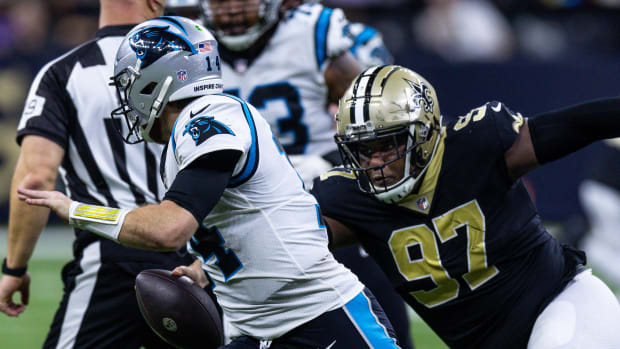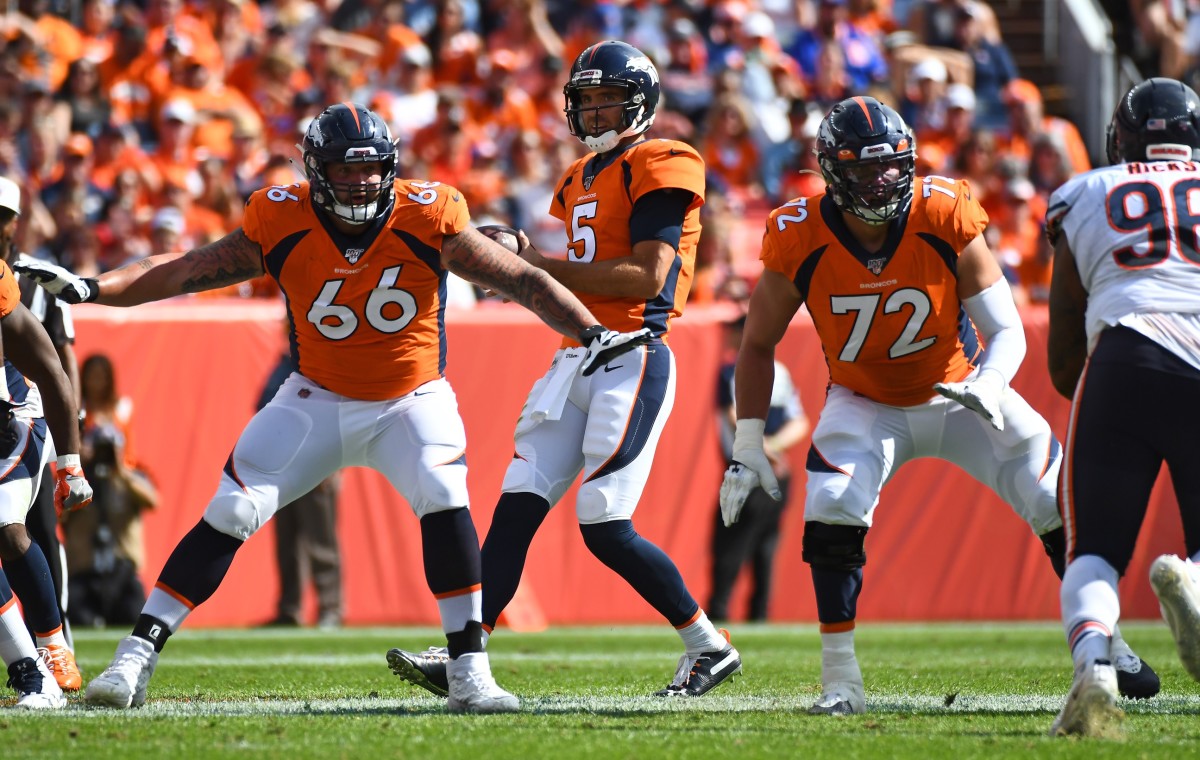
Fact check: Could the Broncos' offense striving to better sustain drives really help the defense?
Believe it or not, sustaining drives on offense does not make a defense effective. That is a difficult statement to make.
It might sound crazy, right? Call the doctor, call the medics, or call the Coast Guard because I must be off my rocker. This is blasphemy in the football world. I’ve believed this my entire football life and heard it time and again from fans and people all throughout the football world.
The data does not support that institutional belief that sustained offensive drives help the defense, though. In fact, when I analyzed the data, I was shocked. The original intent for the analysis was not to disprove this theory, rather I was building data visualizations to add support to it for an article.
It was purposed to support this long-held belief that sustaining drives helps the defense rest and be more effective at the end of the game. But, when I saw the first scatterplot, it was shocking. I couldn’t believe it at first so, I dug deeper.
Using every NFL regular-season game from the 2009 season through the 2018 season, I calculated the number of drives per play for every team to understand how often drives are sustained and how often they are short. Then, yards allowed and points allowed by the defense were calculated to understand how effective the defense was in each game.
Using that data, I've found no correlation between sustained drives and a more effective defense. The R-value is 0.008 for yards allowed and 0.002 for points allowed. To have even a weak correlation, the R-value needs to be at least 0.3. Not even close.
Even after that bleak R-value, I still couldn't quite believe it. There must be something else, there must be something missing, I thought.
Next, only fourth quarter or overtime yards allowed and points allowed were used. The defense gets tired in the fourth quarter after carrying an offense all game, right?
I thought to myself that this will have some correlation because it just makes so much sense. Wrong. That was even worse. The R-value was non-existent. Below are the scatterplots depicting the games and the non-existent correlation.
Belief was beginning to creep in, but there was still a glimmer of skepticism. The next step was to look at only games where the score difference was seven points or less at the end of the third quarter.
Doing so excludes blowouts and indicates those games a defense has kept the team in contention until the fourth quarter before exhaustion renders said defense helpless. Guess what? Zero correlation. None, nada, zip.
Acceptance of the newfound evidence set in and now I am a firm believer that the old “prolonging drives helps improve the defense” statement is false.
People tend to remember the games when the defense collapses and the opposing team scores at the last minute to win the game. However, that doesn’t mean that it had to do with long or short drives during the rest of the game.
A good defense is a good defense and a bad defense is a bad defense. Good defenses come through in the clutch.
What sustaining drives does do for a team is score touchdowns. Now, that does help a defense. There is a correlation between a higher number of plays per drive and touchdowns scored.
Scoring touchdowns instead of kicking field goals wins games. Playing with a lead can make an offense one-dimensional and more predictable. A touchdown-scoring offense helps a defense.
What it all means
For Denver Broncos fans, this last piece of data should raise your spirits. The past three years the Broncos have had a low plays-per-drive average, but so far this season, they are averaging 7.7 plays per drive.
The Broncos have not scored many touchdowns in the first two games, but if they keep up sustaining drives like they have, those touchdowns will come.
Follow Thomas on Twitter @ThomasHallNFL and @MileHighHuddle.



